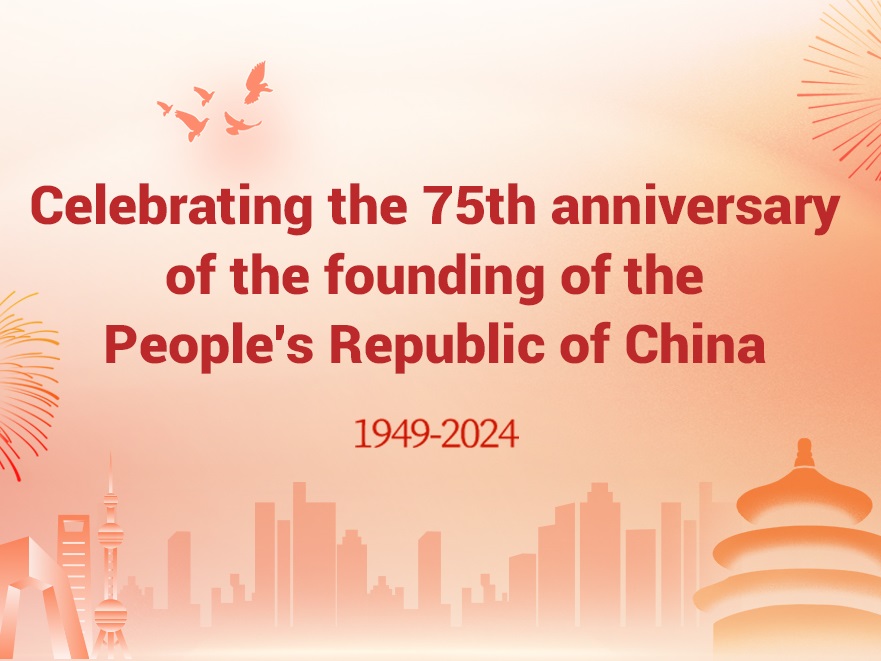Malaysia
Area: 330,000 square kilometers
Population: 32 million
Capital: Kuala Lumpur
Administrative divisions:
It consists of 13 states and three federal territories. Thirteen states include Johor Darul Ta'zim, Kedah Darul Aman, Kelantan Darul Naim, Malacca, Negeri Sembilan Darul Khusus, Pahang Darul Makmur, Penang, Perak Darul Ridzuan, Perlis Indera Kayangan, Sabah, Sarawak, Selangor Darul Ehsan, and Terengganu Darul Iman. Three federal territories are Kuala Lumpur, Labuan, and Putrajaya.
Overview:
Located in Southeast Asia, the country is divided into two parts, West Malaysia and East Malaysia. West Malaysia is located in the southern part of the Malay Peninsula, to its north is Thailand, to its south is Singapore, to its east is the South China Sea and to its west is the Strait of Malacca. East Malaysia is located in the northern part of Kalimantan, bordering Indonesia, the Philippines and Brunei. The total length of the country's coastline is 4,192 kilometers.
Economy:
Since 1970s, Malaysia has adjusted its industrial structure and vigorously promoted export-oriented economy, accelerating the industrial development in economics, manufacturing, construction and services.
Malaysia's economic data for 2017:
GDP: 1,353 billion ringgit
GDP growth rate: 5.9 percent
Per capita GDP: 41,093 ringgit
Total export-import volume: 1,770 billion ringgit
Foreign exchange reserve: 109.5 billion dollars
Resources:
Malaysia possesses an abundance of natural resources. The production and export of rubber, brown oil and pepper are among the highest in the world. It used to be a large tin producing country in the world, while the output decreased year by year in recent years. Malaysia is rich in petroleum reserves, as well as iron, gold, tungsten, coal, bauxite, manganese and other minerals.
Industry:
The government encourages the processing industry based on domestic raw materials. It focuses on the development of electronic, automotive, steel, petrochemical and textiles industries. In 2017, the output value of manufacturing industry reached 2.70 billion ringgit.
Tourism:
Tourism is Malaysia's third largest economic pillar and second largest source of foreign exchange income. Main scenic spots include Kuala Lumpur, Penang, Malacca, Langkawi, Tioman Island, and Redang Island, etc. According to statistics from the Ministry of Tourism of Malaysia, the number of visitors to Malaysia in 2017 was 25.9 million.
Foreign capital:
The main sources of foreign investment are Japan, the European Union, Singapore, China, South Korea and the United States. In 2017, Malaysia attracted about 41 billion ringgit of foreign direct investment.


